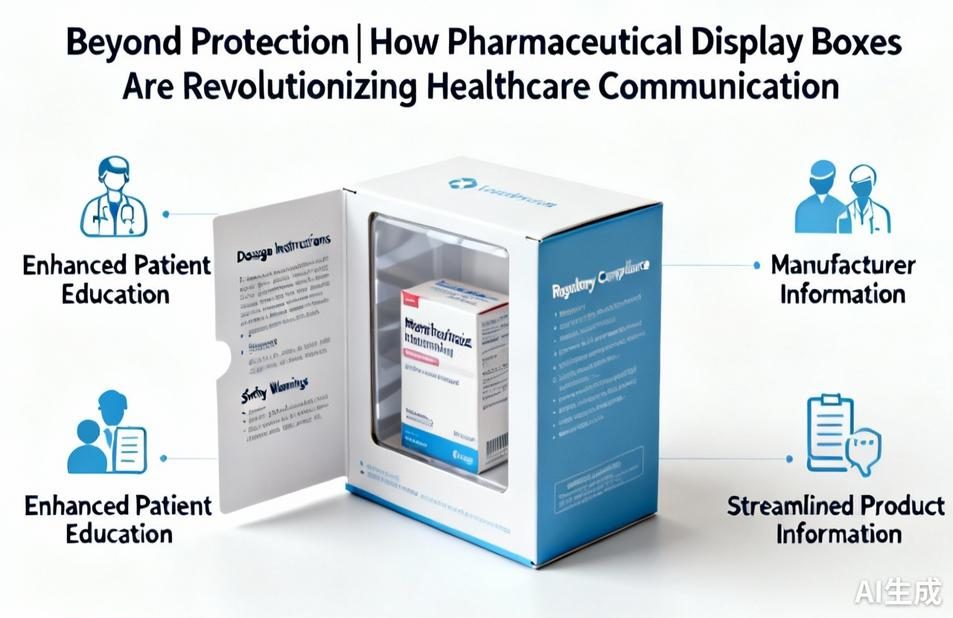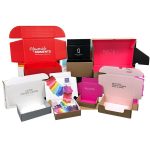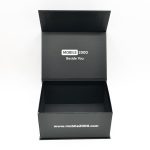
In the highly competitive pharmaceutical industry, where products compete for attention on crowded pharmacy shelves and in busy medical facilities, the humble display box has evolved from a simple protective container to a powerful communication tool. Pharmaceutical display boxes now serve as the critical interface between medication and consumer, healthcare provider and patient, science and understanding. These sophisticated packaging solutions do more than just protect sensitive medications—they educate, inform, and build trust while ensuring compliance with stringent regulatory requirements.
The modern pharmaceutical display box represents a perfect marriage of form and function, engineered to meet the unique challenges of medication packaging. Unlike conventional packaging, these boxes must maintain product integrity against environmental factors like moisture, light, and temperature fluctuations while simultaneously providing clear usage instructions, dosage information, and safety warnings. Advanced materials and construction techniques ensure that medications remain potent and safe throughout their shelf life, while innovative design elements make them accessible to patients of all ages and abilities, including those with visual impairments or limited dexterity.
Regulatory compliance forms the backbone of pharmaceutical packaging design. Display boxes must adhere to strict guidelines set by health authorities worldwide, including the FDA in the United States and EMA in Europe. These regulations govern everything from label content and warning placement to child-resistant features and tamper-evident mechanisms. The most successful pharmaceutical companies view these requirements not as limitations but as opportunities to demonstrate their commitment to patient safety and product quality. Through thoughtful design, manufacturers transform mandatory information into valuable patient education, creating packaging that protects both the medication and the person using it.
Brand recognition and market differentiation represent another crucial function of modern pharmaceutical display boxes. In an industry where generic alternatives often compete with branded medications, packaging becomes a key differentiator. Strategic use of color, typography, and imagery helps establish brand identity while maintaining professional credibility. The most effective designs balance aesthetic appeal with functional clarity, creating packaging that healthcare professionals trust and patients prefer. This visual communication extends beyond the pharmacy shelf to influence prescribing decisions and patient adherence, making the display box an integral component of pharmaceutical marketing strategies.
Technological innovations continue to transform pharmaceutical display boxes into interactive health tools. QR codes, augmented reality features, and NFC technology enable patients to access additional information, video tutorials, and digital support resources simply by scanning their medication packaging. These smart packaging solutions bridge the gap between physical medication and digital health management, supporting better medication adherence and patient outcomes. For healthcare providers, these technological integrations offer new ways to track inventory, verify authenticity, and prevent counterfeiting—a significant concern in global pharmaceutical supply chains.
Sustainability has emerged as a pressing concern in pharmaceutical packaging, driving innovation in eco-friendly materials and design approaches. The industry is increasingly adopting recyclable materials, reducing packaging volume, and implementing circular economy principles without compromising product protection or regulatory compliance. Forward-thinking companies are developing display boxes that use biodegradable polymers, plant-based inks, and minimalist designs that reduce environmental impact while maintaining all necessary functional and regulatory requirements. This green transformation responds to growing consumer awareness and regulatory pressure while aligning with corporate social responsibility initiatives.
The future of pharmaceutical display boxes points toward even greater personalization and patient-centric design. Advances in digital printing technology enable cost-effective small-batch production, allowing for customized packaging that addresses specific patient populations or regional health concerns. Smart packaging with integrated sensors can monitor medication usage, storage conditions, and even remind patients when to take their next dose. As telehealth and remote patient monitoring become more prevalent, pharmaceutical display boxes will evolve to support these digital health ecosystems, serving as physical anchors in increasingly virtual healthcare experiences.
From protecting delicate medications to communicating critical health information, pharmaceutical display boxes have become sophisticated healthcare tools in their own right. They represent the convergence of materials science, regulatory expertise, design innovation, and patient understanding—all contained within a deceptively simple cardboard structure. As the pharmaceutical industry continues to evolve, these essential packaging solutions will play an increasingly vital role in medication safety, patient education, and therapeutic outcomes, proving that sometimes, the most important innovations come in carefully designed boxes.




Leave a Message